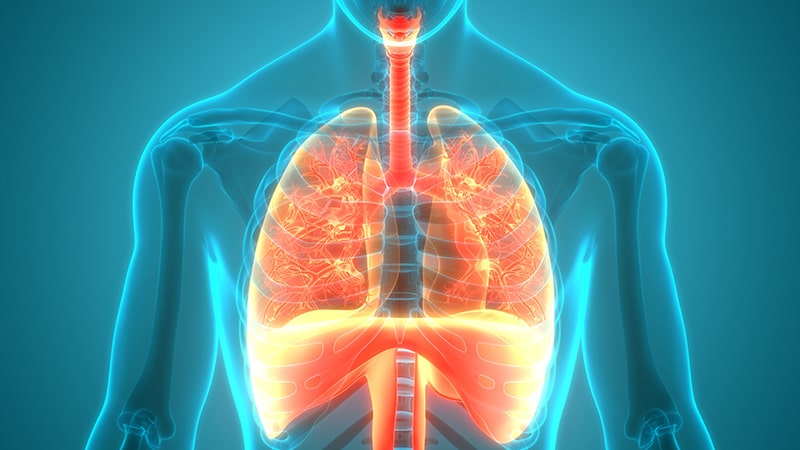Chronic obstructive pulmonary disease (COPD) is a lung disease that makes it difficult to breathe. It is caused by damage to the lungs, usually from smoking, and is characterized by a persistent obstruction of airflow that interferes with normal breathing. COPD is a progressive disease, meaning that it typically worsens over time.
COPD symptoms include shortness of breath, wheezing, and a persistent cough that produces mucus. These symptoms can be mild at first, but as the disease progresses, they can become more severe and can interfere with daily activities. Other symptoms can include chest tightness, fatigue, and weight loss.
Diagnosis of COPD typically begins with a physical examination and a review of a patient’s medical history, including information about any respiratory symptoms and any history of smoking or exposure to lung irritants. A lung function test, called spirometry, is usually used to confirm the diagnosis. During a spirometry test, the patient inhales deeply and then exhales forcefully into a tube connected to a machine that measures the amount of air exhaled and the rate at which it is exhaled.
Chest x-ray or CT scan may also be done to check for other lung problems, such as an infection or lung cancer, which may have similar symptoms to COPD.
A diagnosis of COPD is made when the patient’s lung function, as measured by spirometry, is less than normal and the patient has symptoms of COPD. The severity of COPD is classified into four stages: mild, moderate, severe, and very severe (also known as end-stage).
COPD is a chronic and progressive disease, there is no cure for COPD, but treatment can help to manage symptoms, improve lung function, and slow the progression of the disease.
Treatment options for COPD include:
- Medications: bronchodilators and inhaled corticosteroids, which can help to open up airways and reduce inflammation.
- Oxygen therapy: for patients with low oxygen levels.
- Pulmonary rehabilitation: a program of exercise and education that can help to improve lung function, reduce symptoms, and increase a person’s ability to perform daily activities.
- Surgery: may be an option for some patients with COPD.
It is important to be aware of the symptoms of COPD and to seek prompt medical attention if you have any concerns. Early diagnosis and treatment can help to slow the progression of the disease and improve quality of life.
In conclusion, COPD is a lung disease that makes it difficult to breathe and is characterized by a persistent obstruction of airflow that interferes with normal breathing. It is usually caused by smoking and it is progressive. COPD can be diagnosed by physical examination, a review of medical history and lung function tests such as spirometry. There is no cure for COPD but it can be managed by medications, oxygen therapy, pulmonary rehabilitation and surgery.


